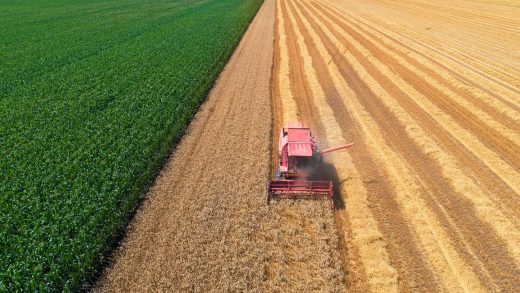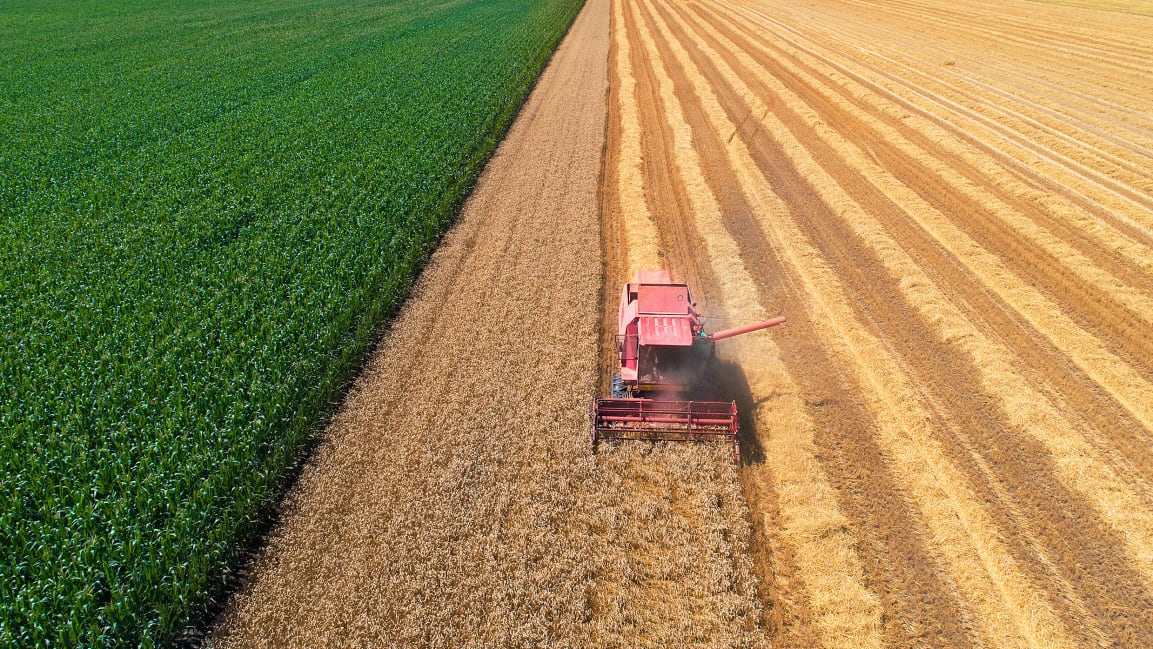This 22-part plan is how can we feed the world by 2050
By the middle of the century, as the human population jumps up by another two billion and incomes rise globally, the world will need to grow 50% more food than it did in 2010. At the same time, we need to cut emissions to almost nothing, and agriculture is already a large source of emissions. Reconciling both needs is a massive challenge. A new report looks at what might happen if business continues as usual—and shares a list of 22 things that can happen to tackle the problem, from cutting food waste and improving plant breeding to reducing emissions from cows.
“The basic message is that there is a path to get where we need to be,” says Richard Waite, an associate in the food program at the World Resources Institute, a nonprofit that spent six years researching and writing the 568-page report along with the World Bank, UN Environment, the UN Development Programme, and the French research agencies CIRAD and INRA. By implementing a long list of solutions in combination, it’s technically possible to cut emissions by two-thirds—even as 50% more food is added to the global food supply.
Success isn’t guaranteed: The researchers calculated that if farming continues as usual, we’ll end up clearing an area of forests roughly twice the size of India to produce enough food. Total emissions from agriculture and changing land use would grow 70% from today. To stay under two degrees of global warming, let alone 1.5 degrees, forests have to stay in place. “Business as usual puts the goals of the Paris Agreement out of reach,” says Waite.
Each of the solutions included on the list are practical and achievable, though tackling all of them will be difficult. Here are the 22 solutions:
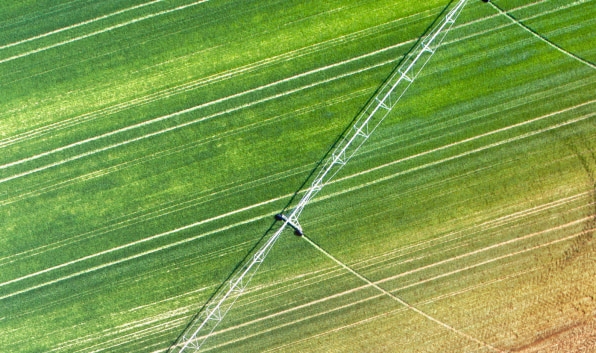
1. Reduce food loss and waste
Roughly a third of the food produced globally is lost before it’s eaten. There are numerous new innovations that can help, from a plant-based coating for fruit that can help prevent it from spoiling to solar-powered cold storage for the developing world.
2. Change diets
One key change is eating less beef, since beef is one of the biggest polluters in the food system, both directly (through a combination of cattle belches, manure, and the fertilizer used to grow cattle feed) and from the forests cleared for pasture or crops fed to the animals. The new generation of plant-based meat, realistic enough to convert meat eaters, can help reduce demand.
3. Avoid using farmland for bioenergy
Limited land and edible crops should be used for food.
4. Encourage voluntary reductions in family size
Educating girls, for example, tends to lead to later marriage and fewer children.
5. Increase livestock and pasture productivity
Many new approaches can help yield more food from the same amount of land. One example: “probiotics” for plants that boost yield while also helping the soil sequester more carbon.
6. Improve crop breeding to boost yields
Tools like CRISPR can be used to create crop varieties that grow the maximum amount possible.
7. Improve soil and water management
Approaches like planting trees and crops like legumes in degraded soil can help improve soil health, making crops more productive.
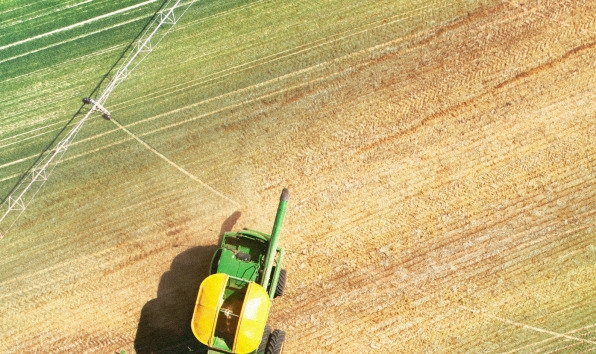
8. Plant existing cropland more frequently
An estimated 400 million hectares of farmland is unharvested each year. Instead of letting some fields go fallow, farmers can plant the same land more often to prevent the need to expand elsewhere.
9. Adapt to climate change
As the planet gets hotter and droughts, floods, and other disasters become more common, farmers will have to adopt new practices to keep producing enough food. Plants can be bred to be more drought-resistant, for example.
10. Link productivity gains with protection of natural ecosystems
Governments need to plan how to continue to protect natural areas as the need for food grows.
11. Limit inevitable cropland expansion to lands with low environmental opportunity costs
Countries should analyze what areas could be converted to farmland with the least harm.
12. Reforest former farmland
If production changes enough, some farmland can be replanted with trees, a crucial tool in fighting climate change.
13. Conserve and restore peatlands
Peatlands are a type of wetland that is especially rich in carbon, and when farmers drain them to plant crops, it’s a major source of emissions. Restoring peatlands should be a priority.
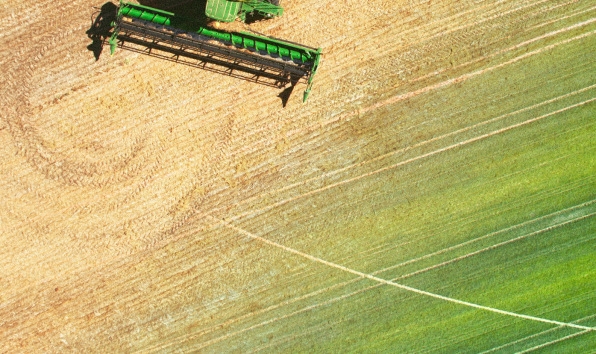
14. Improve wild fisheries’ management
Fish farms can reduce some pressure on wild fish stocks, but fish farms also tend to catch wild fish to use as feed. One solution is to shift to new sources of feed like algae, or even turn captured CO2 into food.
15. Improve productivity and environmental performance of aquaculture
Fish farms can make changes like using less land and breeding fish to improve growth rates.
16. Reduce cattle belches
Cow burps are a major source of methane pollution, a potent greenhouse gas. But supplements to cattle diets, like seaweed, can help make them burp less. Researchers and companies are also working on other solutions, like “super grass” bred to aid digestion.
17. Reduce emissions through improved manure management
Manure is another source of emissions, particularly on tightly packed factory farms, but methods like converting the manure into electricity can help.
18. Reduce emissions from manure left on pasture
Cows could potentially eat a supplement that helps stop microorganisms in manure from creating polluting nitrous oxide. Grass could potentially also be bred to help prevent nitrous oxide production in fields.
19. Reduce emissions from fertilizers by increasing nitrogen use efficiency
Fertilizers are another major source of emissions as they break down in the soil. Some new fertilizers are designed to be better absorbed by plants, reducing emissions, while plants are also being bred to use less fertilizer.
20. Reduce emissions from rice production
Rice paddies are another major source of methane pollution. Researchers are working on solutions like a variety of rice bred to be less polluting.
21. Increase agricultural energy efficiency and shift to renewable energy sources
Farms can run on solar and wind power and other nonfossil sources of energy.
22. Focus on realistic options to sequester carbon in soils
Soil naturally stores carbon, though modern agriculture has released much of that carbon into the atmosphere. Better management on farms, including simple techniques like spreading compost on fields, can help soil suck up more carbon—though the researchers caution that this solution isn’t the panacea that some believe.
There’s no silver bullet on the list, “but there’s a lot of really good things that we could be doing,” says Waite. “One thing we hope is that this will draw more attention to the different solutions that are needed.”
(17)

